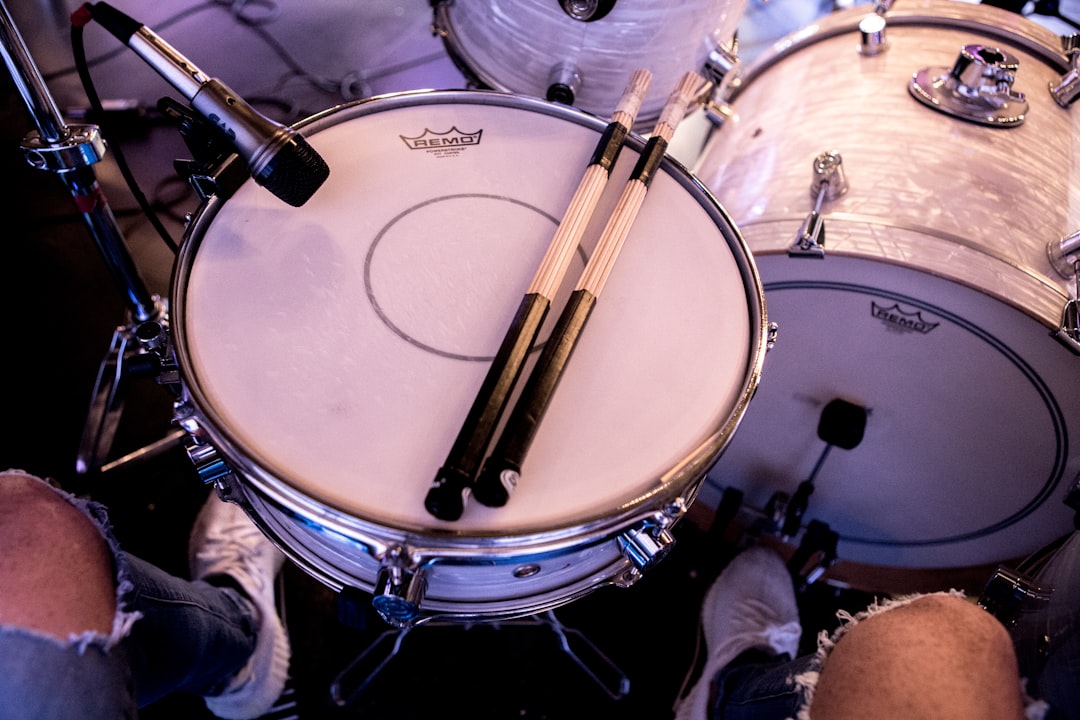What is it about?
In this article we study the anchoring of cis-[Ru(bpyC4pyr)(CO)2(CH3CN)2]2+, cis-[Ru(bpy)2(CO)2]2+ and cis-[Ru(bpyac)(CO)2Cl2], onto nanoporous TiO2 employing electropolymerization, electrostatic interaction and chemical bonding. Also, the [Re(bpyac)(CO)3Cl] rhenium(I) complex for chemical anchorage was analyzed. The characterization of TiO2/Ru(II) and TiO2/Re(I) nanocomposite films was performed by field emission scanning electron microscopy (FESEM), electron dispersive X-ray spectroscopy (EDS) and Raman spectroscopy. In addition, for the more stable nanocomposites obtained, the catalytic properties (solar energy conversion and CO2 reduction) were evaluated. The efficiency improvement in redox process derived from the (photo)electrochemical evidence indicates that modified nanoporous TiO2 structures enhance the rate of charge transfer reactions.
Featured Image
Why is it important?
Chemical anchorage strategy is more suitable for the TiO2/[M complex] formation. • EDS is a highly sensible technique for chemical identification and mapping. • The oxidation photocurrent increases about 10-times for TiO2/[Ru(bpyac)(CO)2Cl2]. • TiO2/[Ru(bpyac)(CO)2Cl2] is a better electrocatalyst for CO2 reduction.
Perspectives
The electrocatalytical activity of TiO2/[Ru(bpyac)(CO)2Cl2] as well as TiO2/[Re(bpyac)(CO)3Cl] nanocomposites for the reduction of CO2 was evaluated. The evidence shows that the modified TiO2 nanoporous films improve the reduction charge transfer reactions because of the high surface area improving the electrocatalytic properties of the semiconductor substrate. These findings indicate that the nanocomposites generated are suitable candidates in the design of new materials for (photo)electrocatalytical applications.
Dr Alexander Carreño
UNAB
Read the Original
This page is a summary of: Comparative study of the anchorage and the catalytic properties of nanoporous TiO 2 films modified with ruthenium (II) and rhenium (I) carbonyl complexes, Chemical Physics Letters, February 2018, Elsevier,
DOI: 10.1016/j.cplett.2018.01.040.
You can read the full text:
Contributors
The following have contributed to this page










